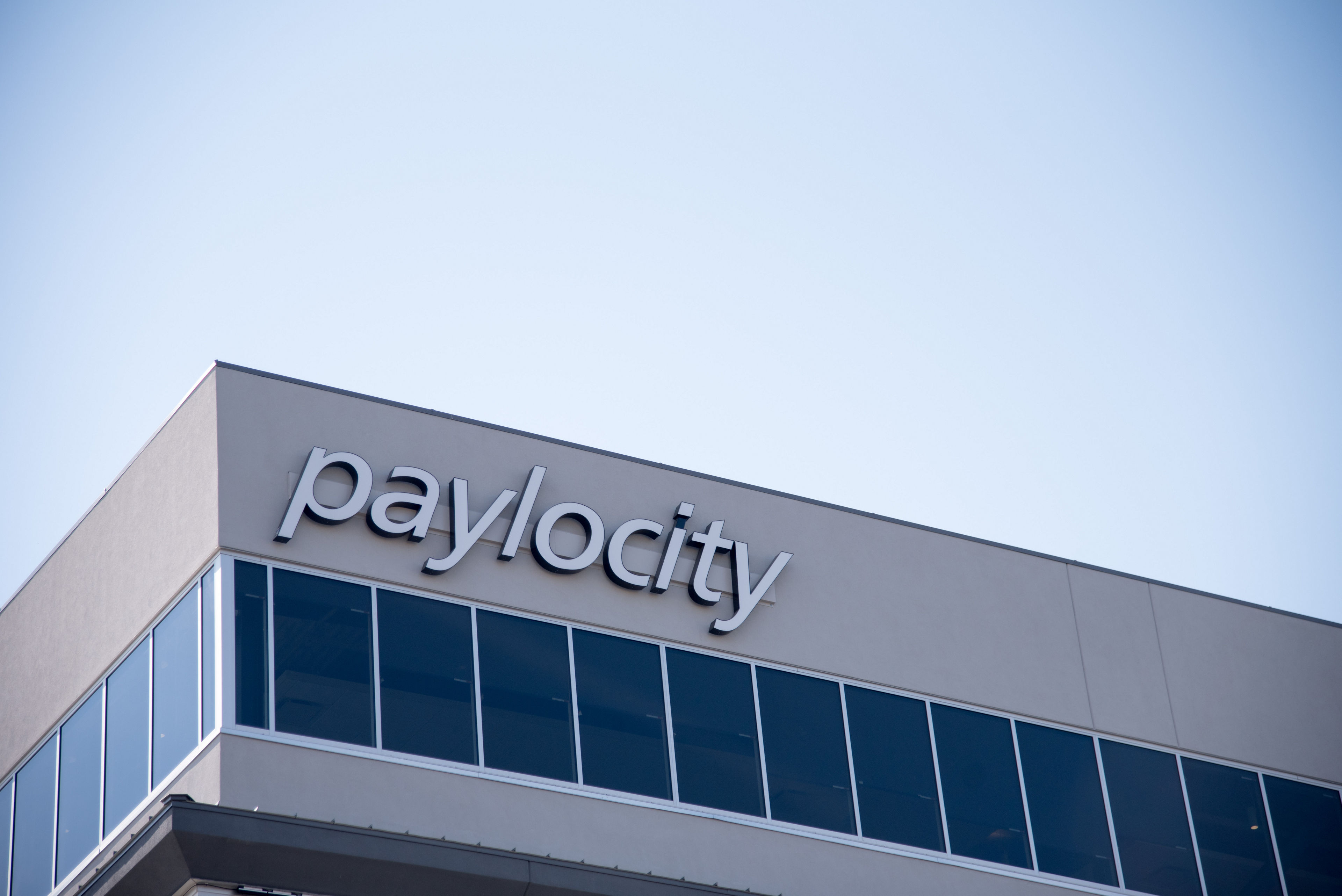Rental options for black renters were far fewer than what Asian or white renters could choose from last year. Black renters could afford less than a third of the rentals that white or Asian renters could afford in 2017.
A renter making the median black household income ($39,647) in 2017 could afford 16.2 percent of the available rentals on Zillow without putting more than 30 percent of their pre-tax income toward housing costs, according to a new Zillow analysis. If they spent 45 percent of their income on rent, they could afford 42 percent of the listed rentals – the same amount as a renter earning the median U.S. income ($59,250) could afford while only spending 30 percent of their income on rent.
High rent burdens limit the financial freedom renters have. Those with the highest rent burden are often unable to put aside any savings on a monthly basis, and are also more likely to make other sacrifices such as dental care. Most Americans aspire to become homeowners, but many struggle to save for a down payment and point to down payment savings as a key barrier to homeownership. And as home values continue to rise, hopeful buyers will have to put aside increasing amounts of money to keep up with the cost of a standard down payment – a difficult prospect when rents already consume a large share of income.
“Perhaps more so than any other factor, income determines where and how we live in the United States today. Income disparities across racial and ethnic groups in the United States have remained stubbornly persistent, and as a result, Black and Hispanic families encounter far fewer affordable rental options than white and Asian families,” said Zillow Senior Economist Aaron Terrazas. “With fewer affordable options, these households are likely to have to make sacrifices elsewhere, whether that means putting a higher share of their income toward rent and cutting back on saving, cutting costs elsewhere in their budgets, moving further away or living with more people. The desire to own a home is similar across all races, but the difference in homeownership rates between races is wide – a lasting legacy of the historical income gap.”
The difference in rent affordability is especially stark when comparing how limited options are for black renters versus other racial groups. Renters earning the median Asian household income ($83,007) could afford 67.4 percent of rentals while spending 30 percent of their income on housing. Black households would have to spend upward of 60 percent of their income to come close to affording two-thirds of listed rentals.
Hispanic renters also had far fewer options than white or Asian renters did. Renters earning the median Hispanic household income ($48,210) could afford 27.3 percent of rentals last year. White renters with a median income of $64,944 could afford 49.7 percent of listed rentals.
Based on the median rent list price, a black renter would have to spend 49.4 percent of their income on rent to afford the median on-market rental last year. In San Francisco, the least affordable market for black renters, the typical rental would take up about three quarters of their income. St. Louis is the most affordable market for black renters, where the typical rental required 29.9 percent of the median income.
|
Metropolitan Area |
Share Of Affordable Listings (30 Percent of Income) – All Renters |
Share Of Affordable Listings (30 Percent of Income) – Asian Renters |
Share Of Affordable Listings (30 Percent of Income) – Black Renters |
Share Of Affordable Listings (30 Percent of Income) – Hispanic Renters |
Share Of Affordable Listings (30 Percent of Income) – White Renters |
|
United States |
41.9% |
67.4% |
16.2% |
27.3% |
49.7% |
|
New York, NY |
21.5% |
33.3% |
3.4% |
2.7% |
41.9% |
|
Los Angeles-Long Beach-Anaheim, CA |
15.6% |
24.2% |
2.2% |
4.9% |
31.6% |
|
Chicago, IL |
53.9% |
75.4% |
10.2% |
33.3% |
69.3% |
|
Dallas-Fort Worth, TX |
55.5% |
84.8% |
17.5% |
22.3% |
78.5% |
|
Philadelphia, PA |
58.8% |
69.9% |
16.3% |
16.7% |
75.4% |
|
Houston, TX |
51.6% |
78.4% |
22.6% |
20.1% |
76.5% |
|
Washington, DC |
67.4% |
73.9% |
30.6% |
33.8% |
81.5% |
|
Miami-Fort Lauderdale, FL |
11.8% |
32.4% |
2.5% |
5.0% |
27.9% |
|
Atlanta, GA |
61.3% |
83.3% |
28.2% |
33.0% |
79.5% |
|
Boston, MA |
32.2% |
40.7% |
1.6% |
1.2% |
40.8% |
|
San Francisco, CA |
31.2% |
39.0% |
0.6% |
7.2% |
49.8% |
|
Detroit, MI |
73.2% |
90.7% |
33.7% |
65.2% |
81.4% |
|
Riverside, CA |
30.6% |
59.9% |
17.6% |
22.0% |
40.4% |
|
Phoenix, AZ |
68.5% |
82.8% |
24.2% |
33.9% |
75.3% |
|
Seattle, WA |
55.7% |
70.0% |
10.4% |
26.2% |
62.0% |
|
Minneapolis-St Paul, MN |
78.3% |
78.1% |
8.7% |
34.6% |
83.6% |
|
San Diego, CA |
30.1% |
42.7% |
7.8% |
7.8% |
42.6% |
|
St. Louis, MO |
86.8% |
91.7% |
50.0% |
78.8% |
91.4% |
|
Tampa, FL |
39.5% |
74.4% |
19.2% |
20.7% |
45.0% |
|
Baltimore, MD |
68.1% |
87.1% |
31.1% |
60.8% |
81.6% |
|
Denver, CO |
49.2% |
49.3% |
17.0% |
18.2% |
60.2% |
|
Pittsburgh, PA |
74.4% |
89.0% |
31.2% |
73.4% |
77.6% |
|
Portland, OR |
58.0% |
76.6% |
3.1% |
25.6% |
65.1% |
|
Charlotte, NC |
61.5% |
91.2% |
18.8% |
22.5% |
74.2% |
|
Sacramento, CA |
51.0% |
59.8% |
8.7% |
23.8% |
66.4% |
|
San Antonio, TX |
60.9% |
84.0% |
39.9% |
40.1% |
85.0% |
|
Orlando, FL |
38.4% |
83.2% |
10.6% |
20.5% |
63.5% |
|
Cincinnati, OH |
76.8% |
92.7% |
27.3% |
64.5% |
83.1% |
|
Cleveland, OH |
76.1% |
93.7% |
24.4% |
58.8% |
83.5% |
|
Kansas City, MO |
81.8% |
87.7% |
35.4% |
57.1% |
87.2% |
|
Las Vegas, NV |
65.0% |
82.4% |
18.8% |
37.4% |
77.6% |
|
Columbus, OH |
76.2% |
87.2% |
38.0% |
48.6% |
82.2% |
|
Indianapolis, IN |
85.6% |
91.9% |
30.8% |
38.3% |
91.1% |
|
San Jose, CA |
39.5% |
59.2% |
3.5% |
5.6% |
51.4% |
|
Austin, TX |
71.8% |
85.1% |
30.2% |
44.1% |
80.8% |
Zillow
Thanks for reading CPA Practice Advisor!
Subscribe Already registered? Log In
Need more information? Read the FAQs



